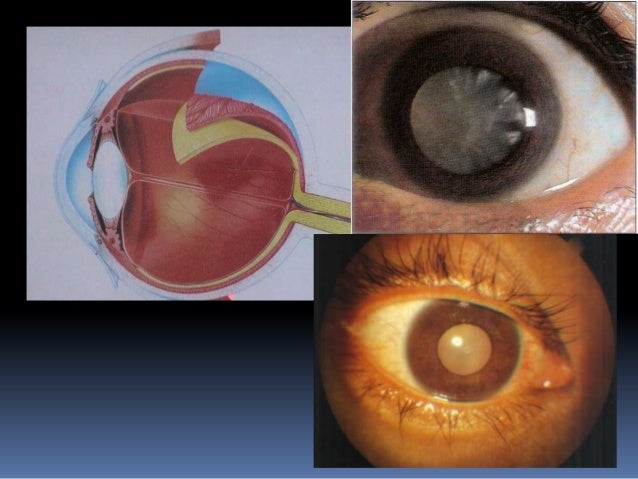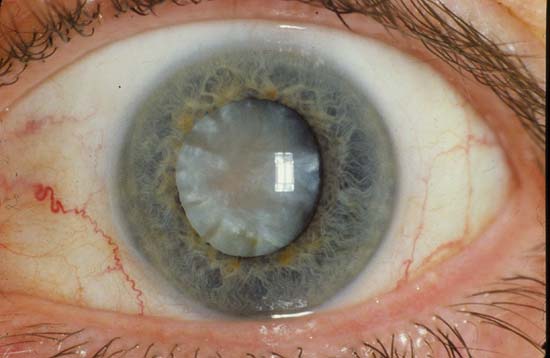


A special camera will then take pictures of damage found, for easy identification. A special dye will be injected into your arm, and will travel through your bloodstream to your eyes, highlighting any blood vessel damage. This test enables detection of damaged blood vessels in your eye. In some cases, after a retinal exam, additional tests will be recommended for further examination, such as a fluorescein angiography or optical coherence tomography. These side effects generally subside within a few hours. The eye drops take about 30 minutes to work, and typically cause temporary blurred near vision and light sensitivity. Your eye doctor will dilate your pupils by inserting special eye drops into your lower eyelids.

Pupil dilationĮvery diabetic eye exam requires pupil dilation for a clear view of your eyes’ inner structures- specifically, your retina, optic nerve, and blood vessels in the back of your eye. However, during a diabetic eye exam, your eye doctor will specifically focus on the health of your retina and integrity of the blood vessels in your eye. How is a diabetic eye exam different from a regular eye exam?ĭiabetic eye exams are similar to regular eye exams in many ways. By regularly monitoring your ocular health, you are ensuring that any changes that occur will be detected early, before they can cause any harm. While patients with uncontrolled blood sugar levels have a higher risk of diabetic retinopathy, those with controlled diabetes are still at risk.įor this reason, eye doctors recommend annual eye exams for early detection of the disease, and increased optimal treatment results. When the macula swells, it damages the blood vessels, causing them to leak- resulting in vision loss. The macula is responsible for your central and color vision. Early detection and treatment is crucial for preserving your eyesight.ĭiabetic macular edema (DME) is a complication of diabetic retinopathy, and occurs when the macula, the center of the retina, begins to swell. As a result, excessive amounts of sugar remain in the bloodstream and if uncontrolled, can cause damage to the tiny blood vessels all over the body, including those in your eyes.ĭiabetic retinopathy affects 30 percent of people with diabetes.ĭiabetic retinopathy occurs when the blood vessels inside the eye start to leak blood and fluid into the retina, causing damage and permanent vision loss. If you have been diagnosed with diabetes, annual eye exams will help to protect your eyes from serious sight-threatening eye diseases.ĭiabetes is a condition that prevents the body from using and storing sugar properly.


 0 kommentar(er)
0 kommentar(er)
